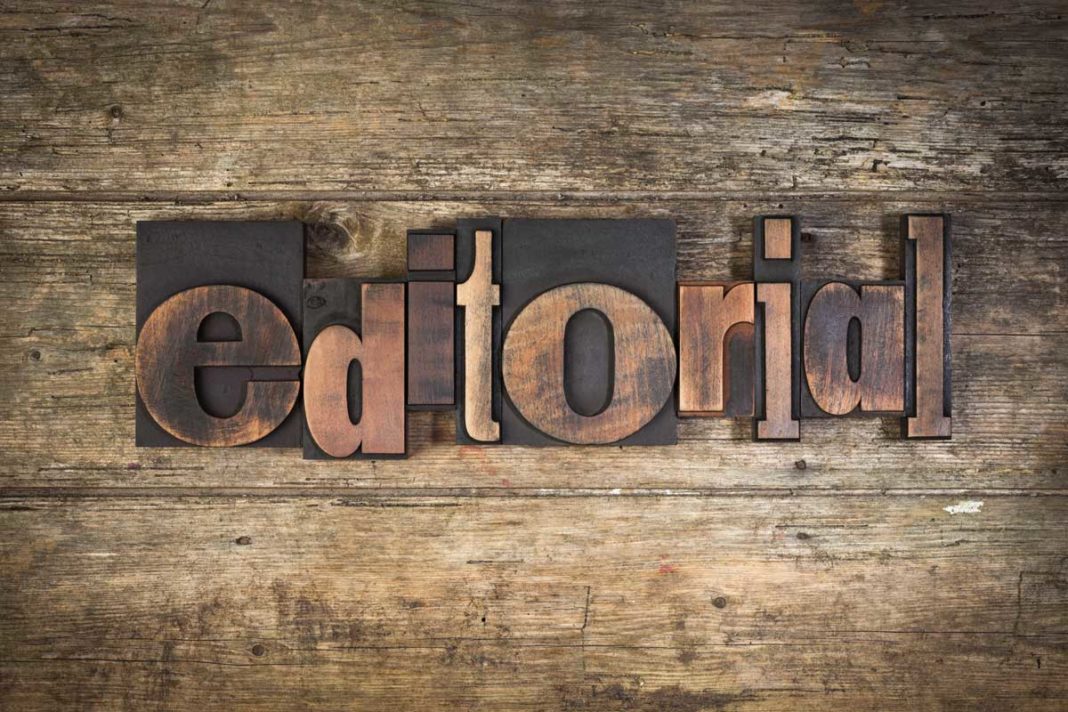It has been a whirlwind decade so far, buffeted by a global pandemic, rising inflation, housing crisis and an ever-increasing accumulation of wealth into the coffers of the .01 percent. Little wonder that the voting public is mad as hell and unwilling to take it anymore.
The result has been the polarization of the political landscape in Canada, mirroring, somewhat, the situation currently taking place south of the border—polarization light if you will…somewhat.
For most of the past decades, the Canadian federal (and most provincial) landscape has been differentiated from that of the US in that we have had three political parties vying for control of the national policy and regulatory levers—the Conservatives, the Liberals and the NDP (with some provincial variations on the theme).
Usually, when neither of the two “natural” governing parties, the Conservatives and Liberals, can muster up enough seats to form a majority, we are subject to a somewhat wobbly entity known as a minority government. A minority government can fall almost any time—whenever a so-called ‘money bill’ or other item of legislation that the government has labelled a “matter of confidence” is defeated, the government falls.
Minority governments have led to some of the most progressive legislation in our history, including universal health care (which, by the way, is the one thing Canadians express the most pride in despite decades of assault by free market conservatives), in part due to the need to curry favour with one or another of the minor parties (usually the NDP or its predecessors).
But for much of the past century-and-a-half a centrist Liberal Party has held sway, leading to some pundits referring to the Liberals as “the natural governing party.”
The 2020 election brought in a minority Liberal government and shortly thereafter much of the nation was comforted in knowing that there would be a level of stability when the NDP negotiated a supply and confidence motion with the Liberals. Under that agreement, the NDP had a wish list of items they wanted to see put in place and, for the most part, that list has been put in place. A national daycare program (notably originally a Martin Liberal-era plan torpedoed by the Layton NDP when they brought down that government) that is aimed at unleashing a large number of working age parents upon the economy, where they are badly needed it might be added, as the Baby Boom bunch retire; universal pharmacare; universal dental care on the model of universal health care; and a host of other items.
The federal Liberals have long been accused of campaigning on the left and governing from the right—the agreement with the NDP ensured that campaign promises were more likely to see the light of day following the ballot count.
Pilloried by the right for toeing the line with the Liberals, including a specious accusation by Conservative leader Pierre Poilievre that current NDP leader Jagmeet Singh, an honourable and decent man by nearly all accounts but Mr. Poilievre’s, was only propping up the government for his own benefit (pension), the NDP has since torn up the agreement leading to a new era of uncertainty in federal politics.
Currently, the now somewhat left-leaning Liberals are facing electoral annihilation should polls hold steady until the government falls. But a week is a lifetime in politics as the old saying goes. Just ask former NDP Tom Mulcair, whose polls around this time in 2016 were hovering in majority territory—only to see a resurgent Liberal Party under Justin Trudeau and the promise of sunny ways (sonny?) form a majority government. So, Mr. Poilievre would be well-advised not to go counting in the henhouse too soon.
The Liberal Party of Canada must rediscover its centrist mojo before the gates go up on the next horserace. This is for the sake of all of us.
The biggest obstacle to proportional representation (long salivated over by the left) is that such electoral systems too often wind up placing inordinate power in the hands of minor players. A quick gander around the globe will soon provide ample evidence of that.
In recent years we have been privy to the sight of the leader of Her Majesty’s Loyal Opposition pandering with dog whistle sound bites those on the far right—leveraging the potential votes of the vilest and most reactionary in our society. Where Prime Minister Trudeau offered up sunny ways to a Harper-weary electorate, the Conservative leader has sought to harness its anger and vitriol, Trump style.
In a milieu where the perfect storm of pandemic fatigue, seemingly endless crisis in housing and health (thankfully inflation has finally been wrestled to the ground) has stoked rage calmer voices are being drowned out.
It is hard to see where the current Liberal leader, whose credibility has taken major body blows (many of which were own-goals), can be the person to lead his party back to the centre. It would seem that part of the Liberal strategy is to hold on until the US election has been decided and a hope that sonny ways are a better fit with a Harris POTUS than the sniping of his main opponent.
Time will tell, but if recent polls are to be believed, the vast majority of Canadians want a centrist government in Ottawa—not apologists of the extremes of the left or right. The Liberals have had immense electoral success by recognising that fact, which has stood the test of time. If a “right wing” policy was the right path for the country, they would shamelessly steal it, if a “left wing” policy was the key to success, they would commandeer it in a heartbeat. Ideological blinders eventually prove bad for everybody.
The Progressive Conservative Party in Ontario held sway for over 40 years in Ontario by changing their leader every eight years. The new leader would be able to reinvent the government with new policies and new direction. This allowed the electorate to change horses without changing parties. That worked very well for them right up until Bill Davis stayed around for 16 years and left his PC party in an untenable minority situation.
The way ahead for the Liberal Party of Canada lies firmly in the centre—it remains to be seen who can lead it back to the middle of the road and electoral success.





